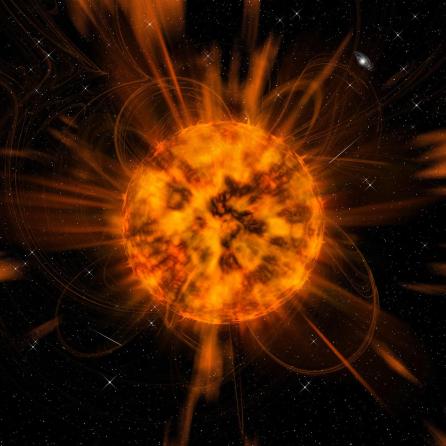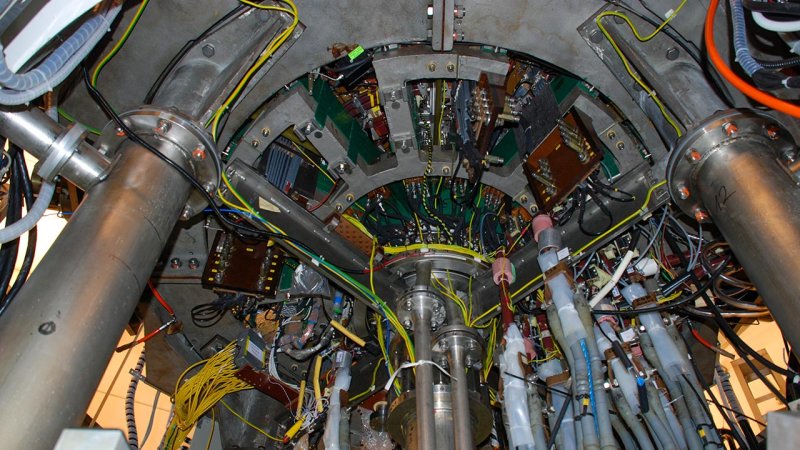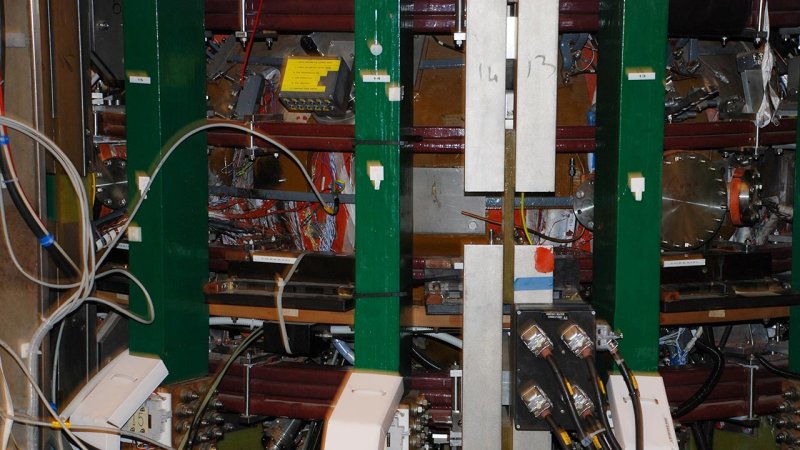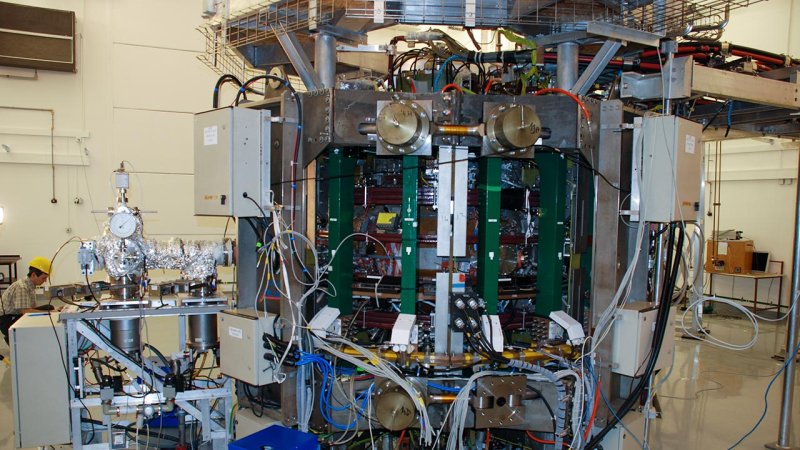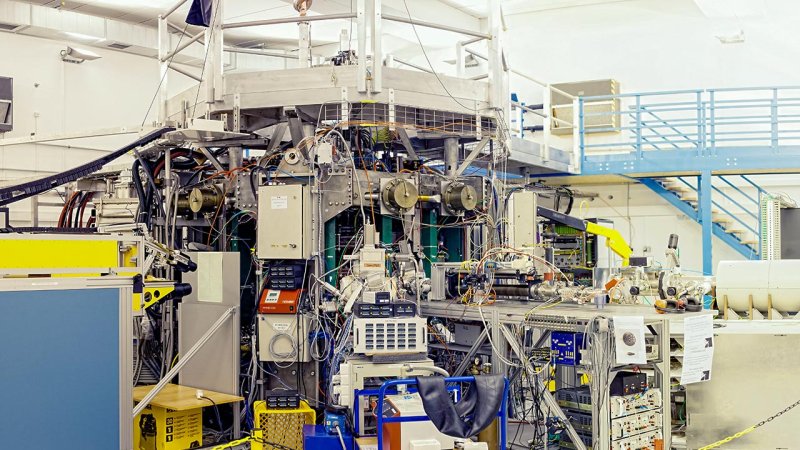
Thermonuclear Fusion
5 min read
The fusion of light nuclei releases ten times more energy than fission of uranium. It is a clean source of energy with limitless fuel reserves and minimum waste. Scientists have been trying to master the fusion reaction for the past 60 years.
For nuclei to fuse, they must be very close together at a distance of 10−14 meter so that the electrostatic repulsive forces are overpowered. Fusion requires the particles to be heated to a sufficiently high temperature called the fusion temperature. The fusion of deuterium and tritium (DT fusion) is the most efficient reaction. It requires a temperature of 150 million degrees kelvin. At this temperature, the matter is in a state of ionized gas referred to as plasma.
In order to gain more energy than was consumed to produce the plasma, the particles heated up to the correct temperature must be kept at the right place for a sufficiently long period so that the majority of the particles are fused. The required plasma condition is called Lawson’s criterion stipulating two possible methods: either we produce a very dense plasma for a short period of time (inertial confinement, density 1031 m−3, time 10−10 s) or we can produce a less dense plasma which must be confined for a longer period of time (magnetic confinement, density 1020 m−3, time 1 s).
Nuclear fusion (thermonuclear synthesis) powers the stars, as well as our Sun. Inside the Sun, a proton-proton fusion reaction takes place, i.e., protons are gradually fussed to produce helium atoms.
During the fusion of nuclei of light elements, the substance heated to ignition temperature is in the ionized gas state called plasma.
Inertial Confinement
High-density plasma is not confined by any external field. It is composed of small pellets most often containing a mixture of deuterium and tritium and their diameter is about 1 mm. Its outer layer is symmetrically evaporated using lasers. As it expands, the inside of these pellets is compressed. If this compression is symmetrical, the fuel is heated up at the center so much that a thermonuclear fusion reaction occurs. The energy released from just 1 mg of the deuterium-tritium mixture is 340 MJ, equivalent to an explosion of 75 kg of TNT. The explosion takes place in an evacuated sphere 10 m diameter.
There are still many problems involving inertial fusion that have to be solved, primarily the following: perfectly symmetrical compression of the fuel pellets, inexpensive production of sufficient fuel, continual operation, removal of the released energy, and cleaning the reaction chamber.
The term stellarator is derived from words “stellar” and “generator”.
Magnetic Confinement
A toroid has the shape of a tire: this is the basic shape of a magnetic vessel used to enclose and preserve the plasma inside.
Since plasma is composed of charged particles, magnetic fields can be easily used to confine the plasma since charged particles move along the magnetic field lines. The optimal magnetic vessel has a toroidal shape (the shape of a doughnut, also referred to as a torus). There are two approaches to magnetic confinement, namely the tokamak and the stellarator.
The most advanced development is that of the tokamak and it is expected that the first fusion power plant will be of the tokamak type. A magnetic field confines the plasma produced inside as a combination of the field created by external magnetic coils and the field excited by an electric current passing through the plasma. It is excited by induction. The tokamak is basically a secondary winding of a transformer with just a single turn. In principle, the tokamak is a pulse device, while inside the stellarator, the appropriately shaped magnetic field is excited only by external coils.
An experimental tokamak, ITER, is under construction. Providing the following concerns, such as the confinement of the plasma, the materials of the chamber and of the superconducting coils are successfully solved, its power output should be comparable to that of a commercial reactor. The first fusion power plant, the so-called DEMO, shall then be constructed: a possible completion date could be sometime after 2050.
The term tokamak is an acronym for the Russian expression Toroidalnaja Kamera i Magnitnyje Katuški (Toroidal Chamber with magnetic coils).



